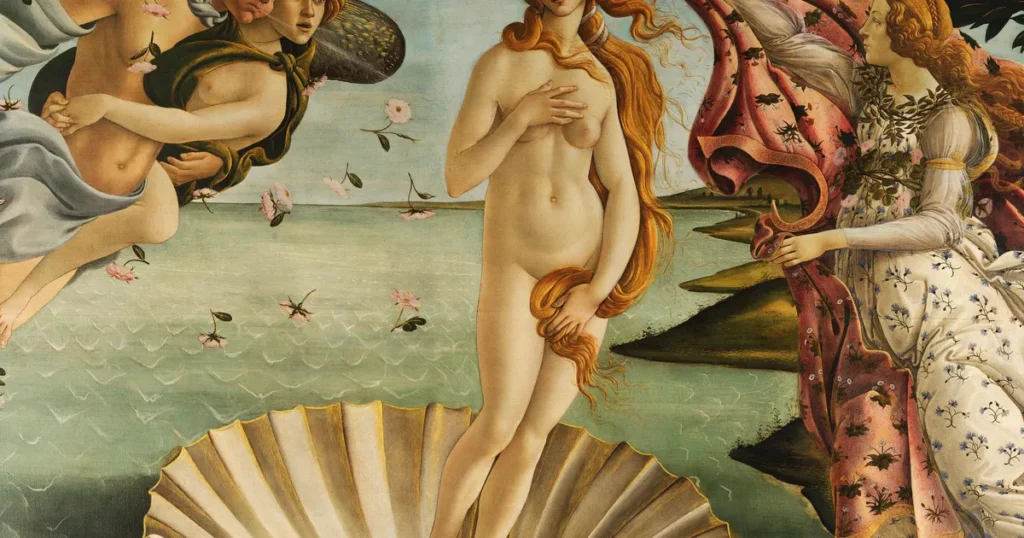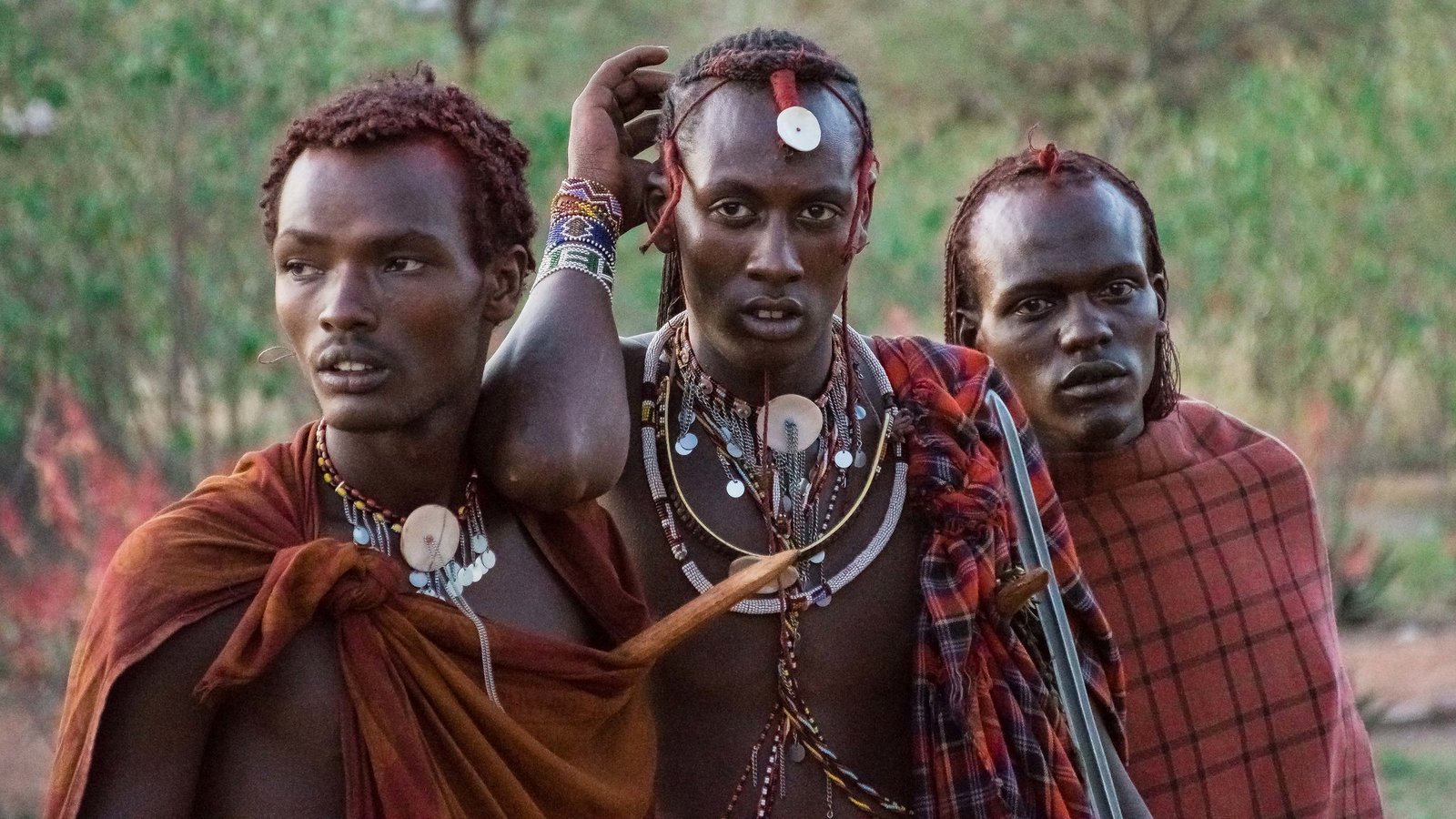Nudity in Literature: Nudity has long served as a powerful motif in literature, transcending eras, genres, and cultures. Often provocative, sometimes unsettling, and often symbolic, literary nudity rarely serves as a mere title. Instead, it serves as a rich narrative device—illuminating deep human truths, challenging social conventions, and providing insight into the vulnerability and transformation of characters.
Historical Context of Nudity in Literature
From the nude figures of Greek mythology to the intense imagery of modernist fiction, nudity in literature has evolved alongside human culture. In classical literature, nudity was often associated with heroism, purity, or divine beauty. Think of Homer’s Odyssey, where Odysseus is stripped of everything, including his clothes, before being welcomed and restored. In this context, nudity reflects rebirth and the raw essence of the human experience.
During the Middle Ages and Renaissance, literary nudity became more metaphorical and often carried a moral or religious overtone. Later, with the rise of Romanticism and Realism, it became a tool for confronting social oppression, especially in the areas of the body and sexuality.
Symbolism of Nudity
- Vulnerability and Truth
Nudity is often a symbol of shedding pretense. Characters shown naked – physically or emotionally – are often at their most honest and vulnerable. In King Lear, the eponymous king finds himself exposed to the elements, physically naked and spiritually stripped of pride, revealing the truth of his human frailty. - Freedom and Innocence
In some works, nudity represents a return to innocence or a connection with nature. Think of D.H. Lawrence’s Lady Chatterley’s Lover, where the characters’ physical nudity parallels a profound liberation from social constraints. Similarly, in literature based on Edenic imagery, such as John Milton’s Paradise Lost, nudity symbolizes the innocence intact before the Fall. - Shame and transgression
Conversely, nudity can also indicate shame, especially in the context of exposure or punishment. This duality – nudity as both natural and forbidden – creates tension in many literary narratives. Franz Kafka’s The Trial explores this theme, in which the main character experiences a growing sense of exposure and powerlessness, which manifests itself metaphorically in the soul. - Sexuality and power
Sexual nudity is one of the most controversial but powerful uses in literature. Writers such as Anaïs Nin, Henry Miller, and Toni Morrison use sexual imagery not only for sensual effect, but also to explore power dynamics, identity, and liberation. For example, in Morrison’s Beloved, the naked body is a site of both trauma and identity recovery.

Cultural and gender perspectives
The depiction of nudity often intersects with issues of gender and perspective. Female nudity has historically been a subject of objectification, whereas male nudity was more often used in heroic or tragic contexts. Contemporary literature has begun to challenge these paradigms, presenting nudity from more complex, diverse, and sometimes feminist perspectives.
Writers such as Margaret Atwood and Chimamanda Ngozi Adichie have depicted nudity in ways that question control over one’s body, authority, and the societal expectations placed on women. These depictions deepen discussions around autonomy, shame, and embodiment.
Nudity in literature is rarely just about the body—it is about what the body represents. Whether it speaks of vulnerability, truth, shame, rebellion, or desire, the unclothed form acts as a canvas upon which deeper meaning is written. By reading between the lines (and layers of clothing), we uncover not just the flesh, but the raw essence of the human experience.
Read Also: Body Positivity and Nudity: Embracing Diversity and Inclusion
![]()





